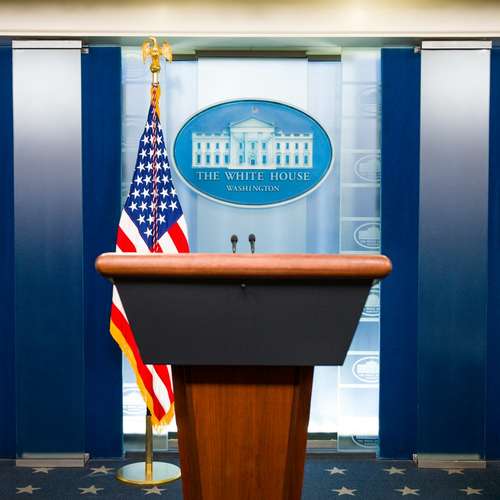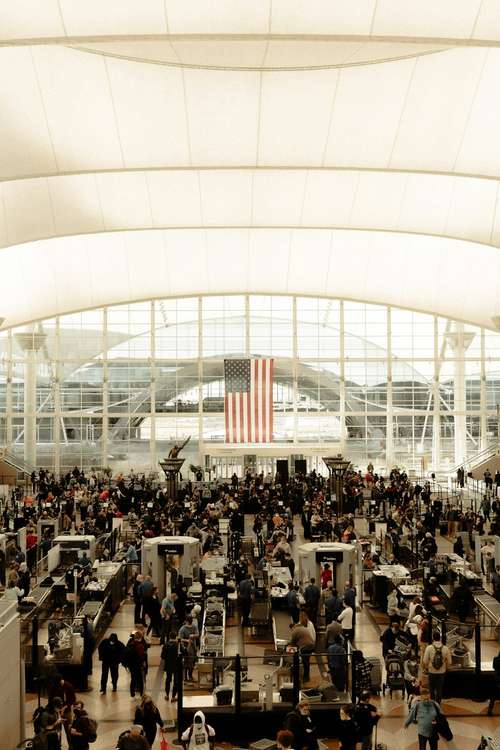Bloomberg News reported Sunday that Shein, an online-only retailer of low-cost clothing, beauty, and lifestyle products that produce over 6,000 new things every day, is in talks with potential investors including General Atlantic for a capital round that could value the company at around $100 billion.
The Chinese fast-fashion firm with no physical outlets in the United States is seeking a valuation that might be higher than that of high-street staples Hennes & Mauritz AB and Inditex SA's Zara.
Shein Outperforms Competitors
Its proposed valuation would be more than that of H&M, Uniqlo, and Zara's owners.
Should Shein succeed with the round, it would make the decade-old brand about twice as valuable as Tokyo-based Fast Retailing Co. -- the owner of Uniqlo -- which last year had more than 2,300 outlets in 25 countries and regions. According to data provider CB Insights, Shein would become the world's most valuable company after ByteDance Ltd. and SpaceX.
Shein has built a large network of low-cost suppliers in southern China since its launch in 2012. It collaborated with superstars like Lil Nas X and Katy Perry to raise its profile among Gen Z shoppers outside of China during the pandemic.
Shein profited from shifts in consumer behavior early in the pandemic, when customers made even more purchases on their phones or laptops.
At the height of the pandemic, sales more than tripled in 2020 to $10 billion, making Shein the largest online fashion brand in the world.
Shein becoming a global sensation but at what cost?
According to Reuters, the corporation made $20.5 billion in revenue in 2021, and its website boasts there are about 9,000 new online arrivals every day.
Its products are extremely inexpensive — a top costs $5 and sunglasses cost $6 — but its business model has been criticized for being opaque, causing waste, and resulting in bad working conditions.
What exactly is a Shein haul?
China is practically producing Shein's success, but TikTokers from Generation Z are pushing the company's popularity and growth with viral #sheinhaul posts.
Lizzie Cao, 20, is a 20-year-old university student and TikTok influencer with over 168,000 followers.
Shein first appeared in her feed two years ago.
"Everyone was doing Shein hauls during quarantine or lockdown, especially with TikTok being such a popular deal," Lizzie says.
"I ended up donating most of the goods to Vinnies or just throwing them out," she recalls.
"The quality wasn't really that nice — it was like getting a temporary high from purchasing such a popular thing at such a low price, but the trend fades and you no longer need it."
Producing a total of 20 million tons of garbage
Shein, like many other corporations, is reliant on Chinese manufacturing.
According to Statista, China manufactured 6 billion meters of textile fabric in the first two months of 2022.
Shein, according to Dr Yi Li, a Chinese business expert, functions as an e-commerce platform for smaller Chinese suppliers, allowing them to transfer some of the expenses and risks to independent apparel producers.
"Shein can reduce production costs and shift some of these costs to other franchise suppliers," adds Dr. Li.
"That's why it can provide 9,000 goods per day, and most of them are far less expensive."
Many Shein employees are underpaid, dangerous, and under the age of 18.
Shein presented its first Sustainability and Social Impact Report for 2021 in February, addressing criticisms about the lack of diversity.
It found that 83% of 700 suppliers had at least one serious risk, 12% had major violations that put them out of business, and nearly a third were not prepared for a fire.
Underage labor was discovered in less than 1% of the almost 700 suppliers whose audits were done — roughly one to six of them.
China has ratified the 1973 Minimum Age Convention of the International Labour Organization, which stipulates a minimum working age of 16 years.
"They all work 11 to 12 hours a day, and that's not five times a week, but seven times a week," says Timo Kollbrunner, a researcher for Public Eye.
"At least once a month, they get a day off."
Last year, the Swiss watchdog Public Eye published a report detailing the conditions of suppliers in Guangzhou, where conditions of production violate state labor laws.
Investigators have found Shein's business model is designed to control as much of the value chain as feasible while shouldering as little risk as possible.
The Chinese newcomer is mastering the fast fashion sector in a particularly devious manner, thanks to a combination of cutting-edge web tactics and archaic working hours.




